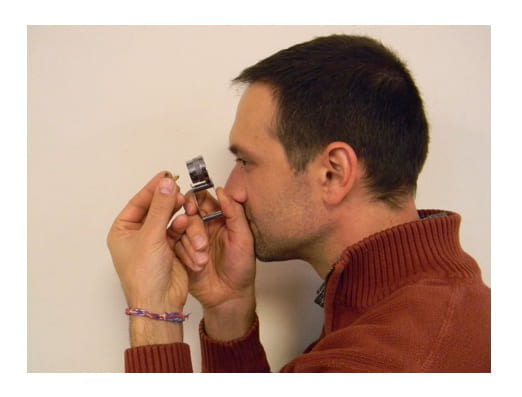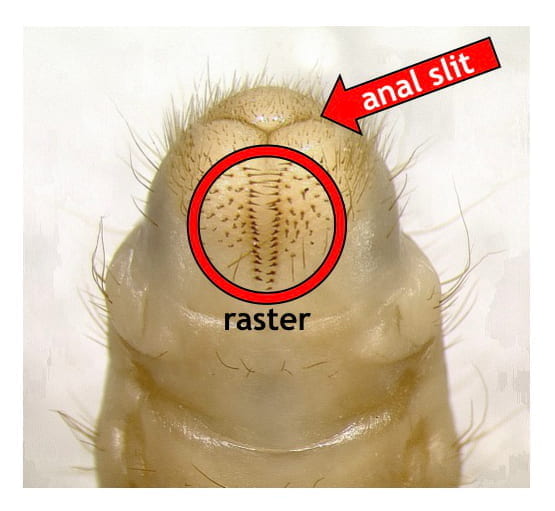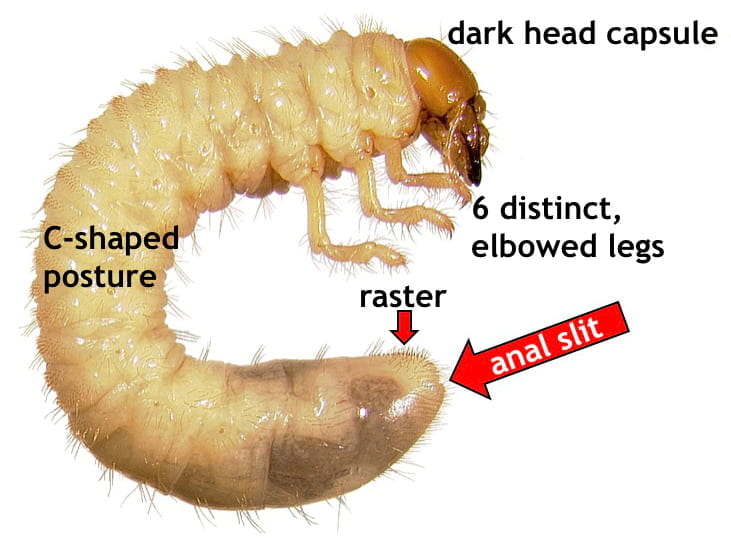Why ID grubs?
White grubs problems can be challenging to diagnose. Because of this grubs are often managed using preventive pesticides with no knowledge of the pests presence, identity, location or population size. However, white grub populations can be patchy, and grub species vary in the degree of damage they cause to crops. Because of this, it is important to make accurate species-level identifications and refer to treatment thresholds to determine if management is required.
When and how do I scout for grubs?
Grubs can be found at many times during the growing season, however the important window for making accurate assessments of most grub populations and for curative management spans August through October/November depending on conditions.
A narrow spade or golf cup cutter are best for grub scouting. For an overview of approaches to sampling see our brochure, Grubs in Your Lawn.
How to identify grubs using this key
you will need:
- a hand lens (minimum of 15x)
- a U.S. penny
Using a hand lens and correctly holding grubs for identification
1. Pinch the grub gently between thumb and forefinger, with head and abdomen facing you and positioned as in the above figure.

2. Hold the hand lens 1-2 inches from your dominant eye and bring the grub in close (~1-2 inches from the hand lens) until you can see it clearly.

3. Locate the anal slit and raster for identification (see also: grub anatomy image below).

4. Starting on the home page, decide which grub silhouette on the penny most closely matches the size of the grub you’ve found. Click on the appropriate image and proceed to the next page. Choose whether the grub has a single or double anal slit and click on the appropriate image. Then look for the grubs raster pattern and click on the matching image. This will display the beetle the grub will grow into on the right. Click on the beetle to see it’s profile page.
Grub Anatomy
The anal slit is located at the very tip of the abdomen. Below the anal slit on the underside of the grub is the raster, a unique arrangement of hairs on every white grub species.



